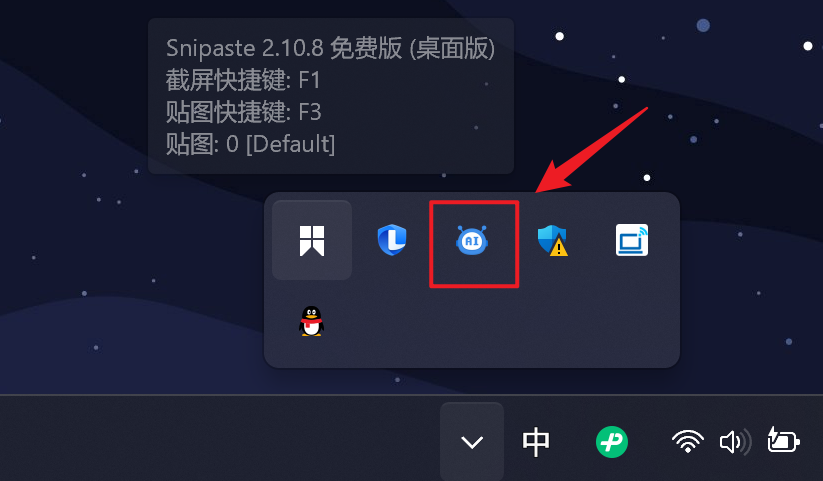python函数any
深入解析Python中的any()函数:功能、用法与实例解析
在Python编程中,any()函数是一个非常有用的内置函数,它主要用于检查可迭代对象中的元素是否至少有一个为真值,本文将深入探讨any()函数的功能、用法以及一些实用的实例解析。
any()函数简介
any()函数是Python内置的一个函数,它接受一个可迭代对象作为参数,并返回一个布尔值,如果可迭代对象中至少有一个元素为真值(即非零、非空、非False),则any()函数返回True;否则,返回False。
any()函数的语法
any(iterable)
iterable参数可以是任何可迭代对象,如列表、元组、集合、字符串等。
any()函数的用法
1、检查列表中是否存在非零元素
numbers = [0, 1, 2, 3, 4, 5] result = any(numbers) print(result) # 输出:True
2、检查字符串中是否存在非空字符
text = "Hello, World!" result = any(text) print(result) # 输出:True
3、检查集合中是否存在非空元素
items = {0, 1, 2, 3, 4, 5}
result = any(items)
print(result) # 输出:True4、检查元组中是否存在非空元素
tuple_items = (0, 1, 2, 3, 4, 5) result = any(tuple_items) print(result) # 输出:True
any()函数与all()函数的区别
any()函数与all()函数非常相似,但它们在处理可迭代对象时返回的结果不同,all()函数在可迭代对象中至少有一个元素为假值时返回False,否则返回True。
1、any()函数
numbers = [0, 1, 2, 3, 4, 5] result = any(numbers) print(result) # 输出:True empty_list = [] result = any(empty_list) print(result) # 输出:False
2、all()函数
numbers = [0, 1, 2, 3, 4, 5] result = all(numbers) print(result) # 输出:False full_list = [1, 2, 3, 4, 5] result = all(full_list) print(result) # 输出:True
any()函数的应用场景
1、判断列表中是否存在非零元素
numbers = [0, 1, 2, 3, 4, 5]
if any(numbers):
print("列表中存在非零元素")
else:
print("列表中不存在非零元素")2、判断字符串中是否存在非空字符
text = "Hello, World!"
if any(text):
print("字符串中存在非空字符")
else:
print("字符串中不存在非空字符")3、判断集合中是否存在非空元素
items = {0, 1, 2, 3, 4, 5}
if any(items):
print("集合中存在非空元素")
else:
print("集合中不存在非空元素")any()函数在Python编程中具有广泛的应用场景,它可以帮助我们快速判断可迭代对象中是否存在满足条件的元素,通过本文的介绍,相信大家对any()函数有了更深入的了解,在实际编程过程中,灵活运用any()函数可以提高代码的效率,使程序更加简洁易读。
上一篇:python函数oct 下一篇:python函数staticmethod
 简物乐趣
简物乐趣



